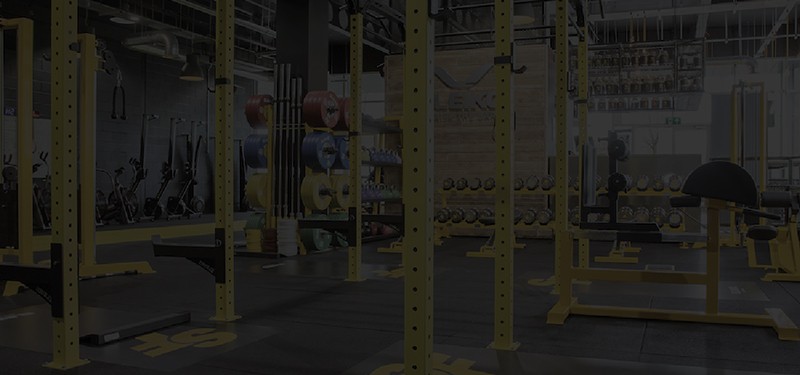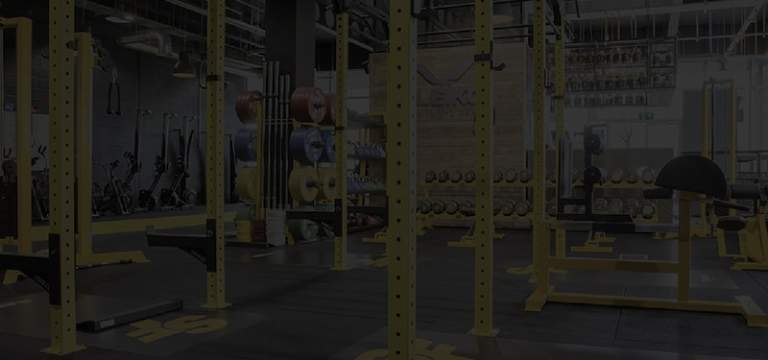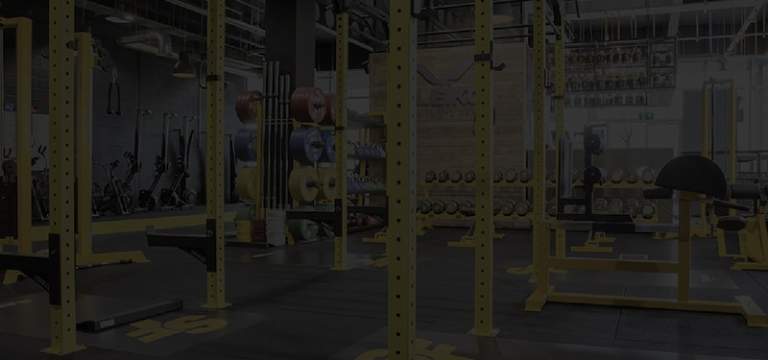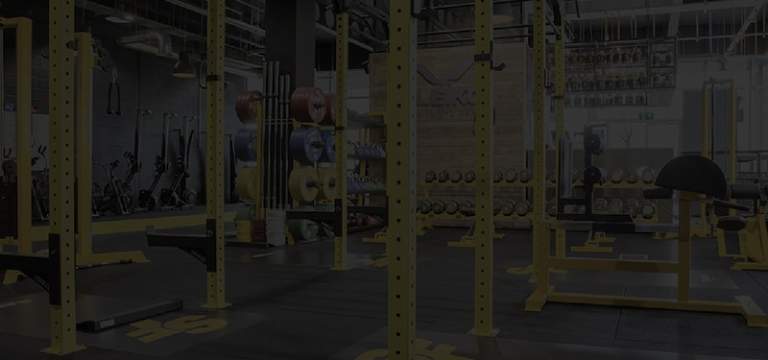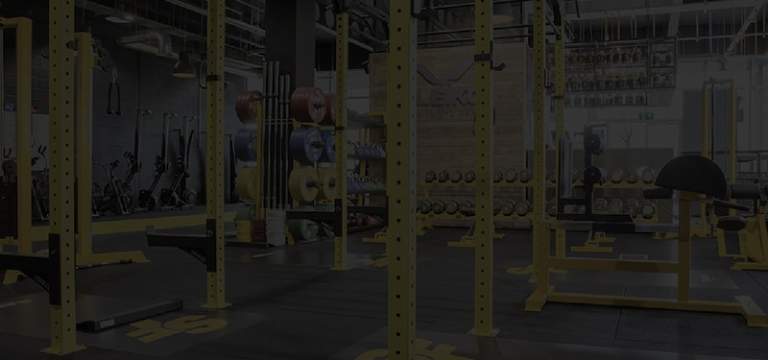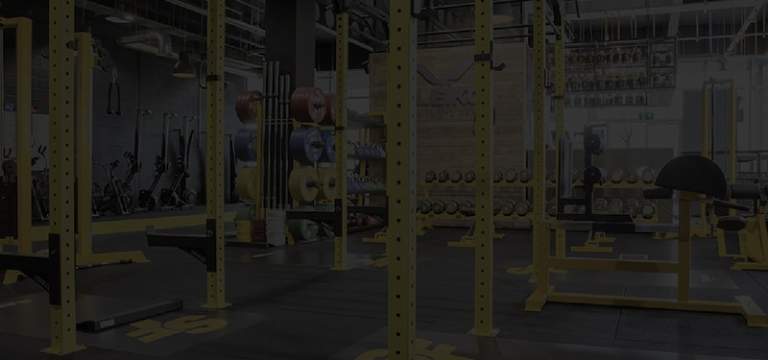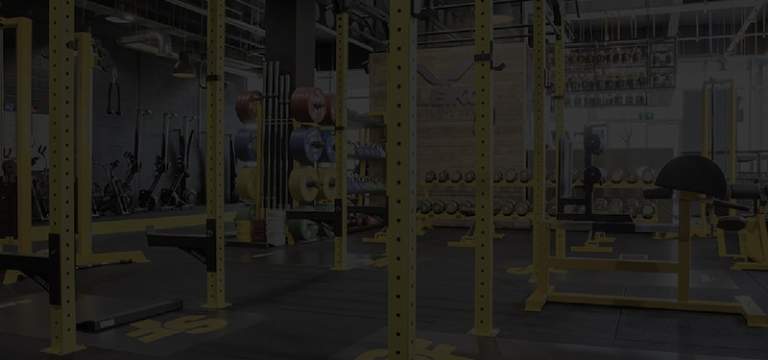In the world of fitness and exercise, six-pack abs are one of the most desirable, most sought after goals; almost everyone who exercises wants a lean, defined midsection – especially as summer rolls around. However, very few people ever attain this holy of holies because they fail to plan and hope that eating a few less cookies and doing a couple of sets of crunches will deliver the results they want.
Getting a six-pack isn’t easy but most people can achieve it IF they follow a well-designed exercise and nutritional plan. There are lots of ways you can work toward a six-pack but this six-step solution is one of the best.
Step one – visualize
At the risk of sounding like a new age guru, if you want to achieve something worthwhile, you need to create an image in your mind’s eye so you can see what you are working toward. Make that image as real and as detailed as you can – like a high resolution photo or movie – and revisit it often. The more you examine the image of what you are trying to achieve, the more likely you are to reach that goal. Do this NOW!
Step two – create a caloric deficit
You already have a six-pack of sorts – it’s just covered in body fat. Fat is stored energy that needs to be burnt off and the only way to do this is to reduce your food intake and increase your activity levels so your body is forced to use that fat for fuel. You only need a moderate caloric deficit so don’t go starving yourself which will actually impede rather than speed up your progress. Aim to lose around one-pound per week for an extended period rather than five-pounds a week for just a couple of weeks. Slow and steady wins the six-pack race every time. The easiest way to create a caloric deficit is to reduce your sugar intake and cut a little fat from your diet. These two simple changes are often enough to trigger fat loss.
Step three – crank up the EPOC
Slow-paced cardio is well known for burning fat but it does so at a depressingly slow rate. A 30-minute cardio session will burn no more than 300-calories – less than one tenth of a pound of fat. Instead of taking the slow path to fat loss, pick up the pace and do some fast paced interval training (e.g. sprint for 30-seconds, jog for 90-seconds and repeat 10-times) instead for better results. Not only will you burn more calories DURING your workout, you will also burn more calories AFTER your workout as your metabolic rate (the number of calories you burn at rest) will remain elevated for over 24-hours after you exercise. This phenomenon is called EPOC which is short of Excess Post-exercise Oxygen Consumption.
Step four – superset everything
General strength training is important when trying to carve a six-pack but traditional sets and reps-style training involves too little exercise and too much rest to be considered an effective way to burn calories. Instead, organize your exercises into pairs or even threes to increase the amount of work and decrease the amount of rest you get per workout. For example, if you are training chest and back, instead of doing your workout in the traditional manner, alternate chest and back exercises instead e.g.
- Bench press alternated with lat pull downs
- Dumbbell flyes alternated with seated rows
- Dips alternated with dumbbell rows
Try and pair dissimilar exercises together to ensure that both exercises can be worked hard. Push/pull supersets and upper body/lower body supersets are ideal.
Step five – dial down the carbs
Carbs are an important source of dietary energy but have an affinity for being converted to body fat and can also interfere with fat burning. Reduce your carb intake while simultaneously increasing your protein intake so you don’t get hungry. Consume the majority of your carbs before and after exercise and the rest of the time keep your carb intake to a minimum. Consume between 50 to 100 grams of carbs per day for rapid fat loss.
Step six – build core strength
Doing set after set of high reps in the hope that you will magically make fat melt away from your midsection is a waste of time and will not speed you on your way to a six-pack. The concept of “spot reduction” is a myth. Instead, seek out challenging exercises that limit you to 20-reps or less per set and that you can make more demanding by adding more weight rather than adding more reps. Your core, another word for your abs and lower back muscles, will become more defined because of your changes in diet and the inclusion of interval training in your programme but making them stronger will further increase their profile and visibility. Forget high-rep sets of crunches and, worse still, exercises like broomstick twists; instead focus on weighted ab exercises such as hanging leg raises, cable crunches, cable wood chops and weighted side bends.
When training for a six-pack, consistency is the key. Make a plan and stick to it and you’ll see the results you crave. Remember, failing to plan means planning to fail and if you don’t have a plan you’ll never make any meaningful progress. Follow the steps above and you’ll soon be on your way to developing a midsection to be proud of.

